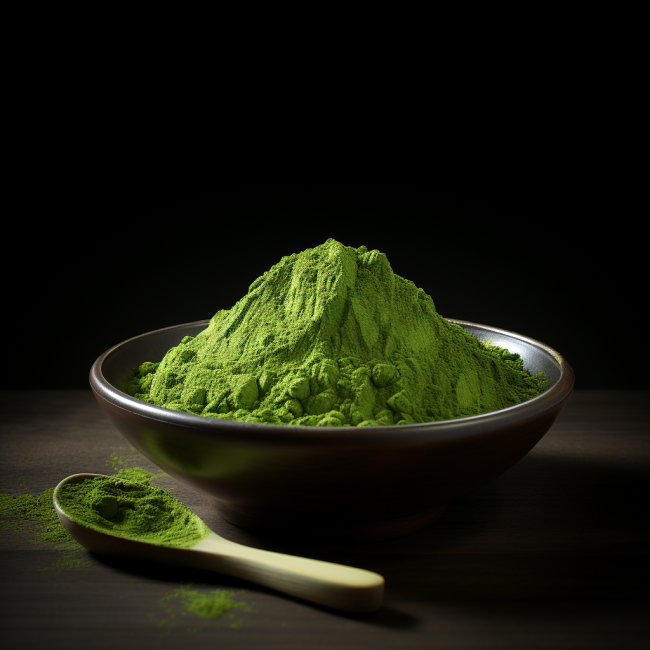
Fancy a cup of tea? Today, let's not talk about just any tea, but Matcha. This bright green powder has a lot to tell. Its story runs from a rich history, production process to proper preparation and its many health benefits. Dive into the world of Matcha with me and find out why you really need to know this tea.
What is Matcha Tea?
Matcha is a type of tea that originated in Japan. But this is not just any tea found in herbal or tea bags. The name "Matcha" says it all: it is a finely ground powder of specially grown and processed green tea leaves. Unlike regular green tea, where the leaves are discarded after infusion, with matcha tea you consume the whole leaf. This makes the taste, aroma and nutrients of matcha more intense than those of regular green tea.
When preparing matcha, it is important to note that the powder can clump easily. Therefore, it is traditionally beaten with a bamboo whisk to obtain a smooth, frothy mixture.
But how does this special tea come about? The unique thing about matcha is the cultivation process. Several weeks before the tea leaves are harvested, the tea plants are shaded. The reduced exposure to sunlight increases the plant's chlorophyll content, which ultimately results in Matcha's vibrant green color. In addition, this process increases the content of L-theanine, an amino acid known for its calming properties.
Once the leaves are harvested, they are steamed to stop oxidation (which allows them to retain their green color) and then dried. The hard stems and veins are removed from the dried leaves, and then the leaves are ground into the fine powder known worldwide as Matcha tea.
Matcha is appreciated not only for its unique flavor profile, but also for the variety of ways you can use it. From traditional tea ceremonies and recipes to modern innovations such as matcha lattes, smoothies and even pastries - the possibilities are endless! So whether you are a novice tea drinker or a matcha lover, there is always a new way to enjoy this versatile tea.
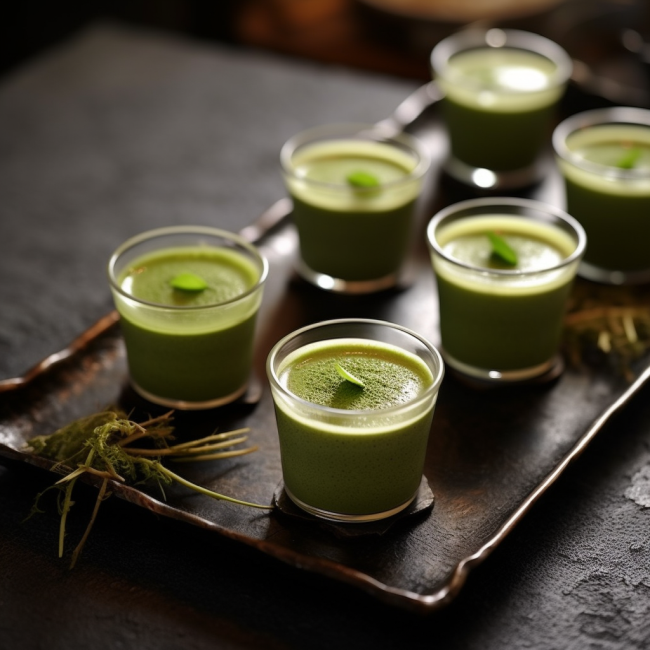
Matcha desserts
Health Benefits of Matcha Tea
Have you been hearing a lot about matcha tea lately and wondering why it is so popular? Even though it is delicious to drink, the health benefits of matcha tea are the primary reason why it has become popular worldwide. Let's take a look together at the benefits this bright green tea has to offer.
For starters, Matcha is a rich source of antioxidants. Antioxidants are incredibly important to the human body because they help neutralize free radicals, which can otherwise contribute to aging and various types of diseases. Matcha has more antioxidants than any fruit or vegetable. An important health benefit, right?
In addition, Matcha can help you detoxify your body. Why? Matcha's vibrant green color comes from the high content of chlorophyll it contains. Chlorophyll is a pigment that gives plants their green color and aids in photosynthesis. In the human body, chlorophyll acts as a natural detoxifier that helps remove heavy metals and chemical toxins.
Do you have trouble focusing or concentrating? A cup of Matcha can help you with this! This is because of the amino acid L-theanine it contains. L-theanine is known for its ability to improve alertness and focus without the side effects traditionally associated with caffeine. Unlike the temporary rush you might get from a cup of coffee, Matcha gives you a "calm" energy boost that can last for hours.
Finally, research has also shown that Matcha can contribute to weight loss. The tea can speed up metabolism and fat burning without side effects such as nervousness and high blood pressure. Wouldn't it be great to boost your weight loss plan while enjoying a delicious cup of tea?
As you can see, the health benefits of matcha are incredibly diverse, making it a great addition to a balanced diet and healthy lifestyle.
How is Matcha Tea Produced?
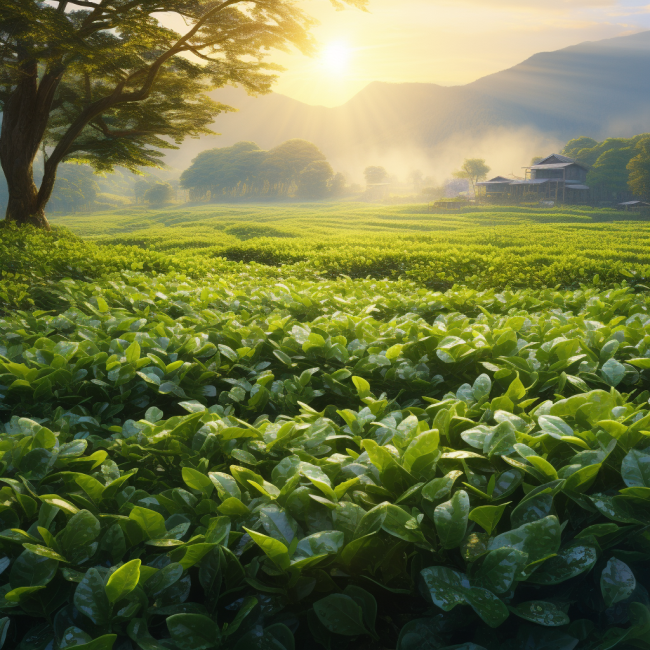
Have you ever wondered why Matcha tea has such a unique color and taste? It has everything to do with how it is produced. The process of making Matcha tea is meticulous and labor-intensive, which contributes to the quality and distinctive characteristics of this special tea. Let's take a look at each step of the process.
The process begins even before the tea leaves are harvested. A month before the harvest is scheduled, the tea plants are covered with tarpaulins or reed mats to shade them. This causes the plants to produce more chlorophyll, which eventually results in the bright green powder we know as Matcha.
Once the tea leaves are harvested, they are steamed. This is an important step because it helps the leaves retain their beautiful green color and stops oxidation. The leaves are then dried and then the stems and veins are carefully removed. The remaining leaves, are further processed to make the Matcha tea.
The next process is grinding. This is done using stone mills and it is a slow process that ensures that the powder does not get heated, so it retains its flavor and nutrients. Grinding the tea into a fine powder also ensures that when we make Matcha tea, we are actually consuming the leaf itself, rather than just the decoction as with other teas.
Matcha tea production is a careful process that requires a great deal of experience and skill. The result is a bright green powder that is not only delicious but also extremely nutritious. It's no wonder Matcha is so beloved around the world.
How Do You Prepare Matcha Tea at Home?
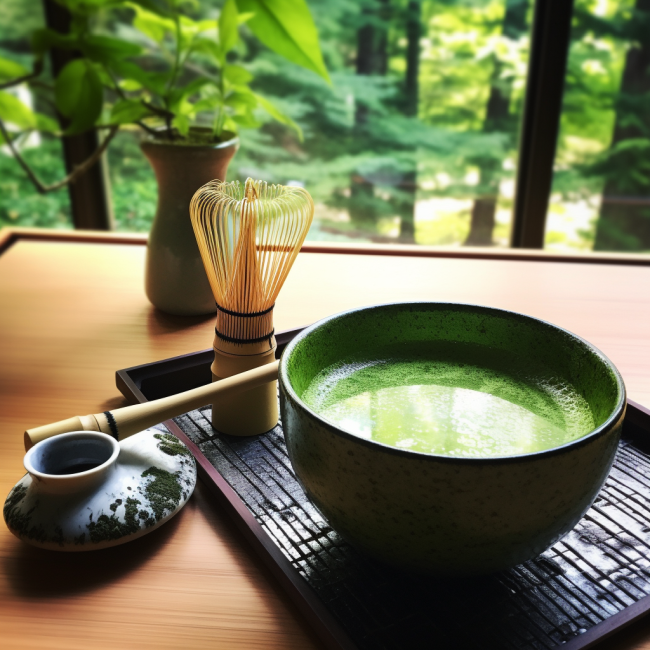
Maybe you've always wanted to learn how to make your own delicious bowl of Matcha tea, but think it's too difficult? Not to worry. It's actually very simple and requires only a few basic supplies. Here is a step-by-step guide to preparing your own cup of Matcha tea at home.
What you need is Matcha tea powder, a matcha tea spoon (Chashaku), a Matcha whisk (also called a 'chasen'), a ceramic tea bowl, hot (not boiling) water.
Heat the tea bowl by filling it about 1/3 full with warm water. Place your Chasen in the bowl with the tops down. After the bowl and Chasen are heated, empty the bowl and Chasen and dry them.
Next, use your tea spoon to add one to two scoops of the Matcha powder into your tea bowl. You can still strain the Matcha with a matcha strainer before adding it to the bowl.
Weigh or measure out 70ml/70grams of hot water (70C to 80C) and pour it in with the Matcha. Once you have added all your water, whisk it with the whisk by making a W motion in the bowl. The whisking should be done quickly and with the wrist, not the arm The goal is to create a nice, creamy foam on top of the tea. It is important not to beat too gently - a good bowl of Matcha will have a nice, thick foam.
And there you have it - your homemade cup of Matcha tea is ready to enjoy! Note that the more you practice, the better you will get at it. Preparing matcha can be a meditative process, a moment of calm in your busy day. So take your time, enjoy the process and most importantly, enjoy your Matcha!
History and Cultural Significance of Matcha Tea
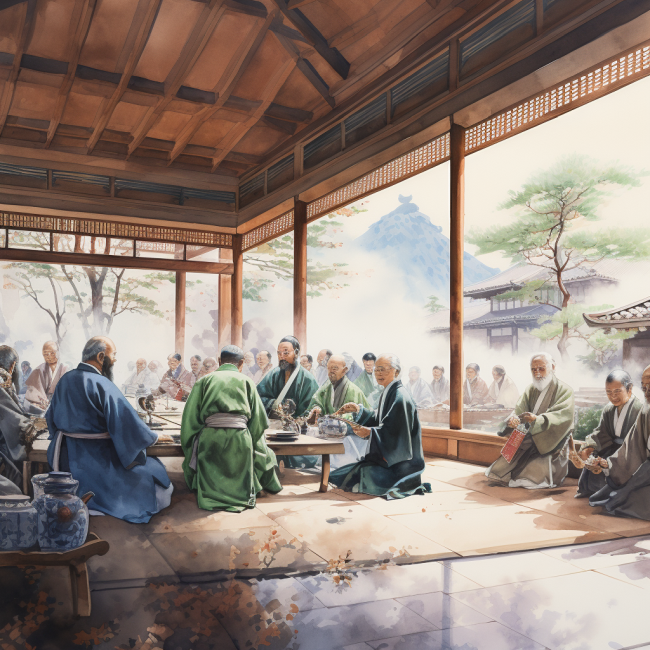
Besides enjoying the delicious and nutritious Matcha tea, it is also fascinating to know where it comes from and what it means to many people. Matcha has a rich history and important cultural significance, especially in Japan. Let's take a look at the origins of this special tea.
Matcha tea was already known in the 8th century in China during the Tang Dynasty. At that time, tea leaves were steamed and formed into tea blocks for easy transportation and longer shelf life. When tea was prepared, these blocks were ground into a fine powder and then whisked in hot water.
However, it was in the 12th century, during the Song Dynasty, that drinking whipped tea powder became very popular, especially during ceremonial occasions. When this method of tea preparation was introduced to Japan by Zen monks, it quickly became part of Japanese tea culture and ceremony.
In Japan, Matcha tea was initially drunk mainly by monks, who used it as a form of meditation and also to keep them alert during long periods of meditation. Later, it became a favorite drink among the nobility and also part of the famous tea ceremony, also called 'Chanoyu'.
The Japanese tea ceremony is a ritual of preparing and serving Matcha tea accompanied by traditional Japanese sweets to balance the tea's slightly bitter taste. This ceremony represents four principles: harmony, respect, purity and tranquility. It is an opportunity for people to have a moment of peace and enjoy the beauty of the moment.
Today, Matcha tea is enjoyed worldwide, but the historical and cultural roots of this unique tea are firmly rooted in Japan. Whether you are a daily drinker or only drink it on special occasions, it is always interesting to know from where your cup of tea comes from and what significance it had in the past.
And there you have it, the magical world of Matcha tea. Now that you know what Matcha is, where it comes from, how it's made and how to prepare it, you're ready to fully embrace the versatility and healthy benefits of this bright green tea. Thanks for reading and I hope you're as excited about Matcha as I am.
And remember, every sip of tea is a step on an unforgettable journey. So sit back, relax and enjoy your Matcha tea!
Hugs,
Admar
Sources:
.png)

